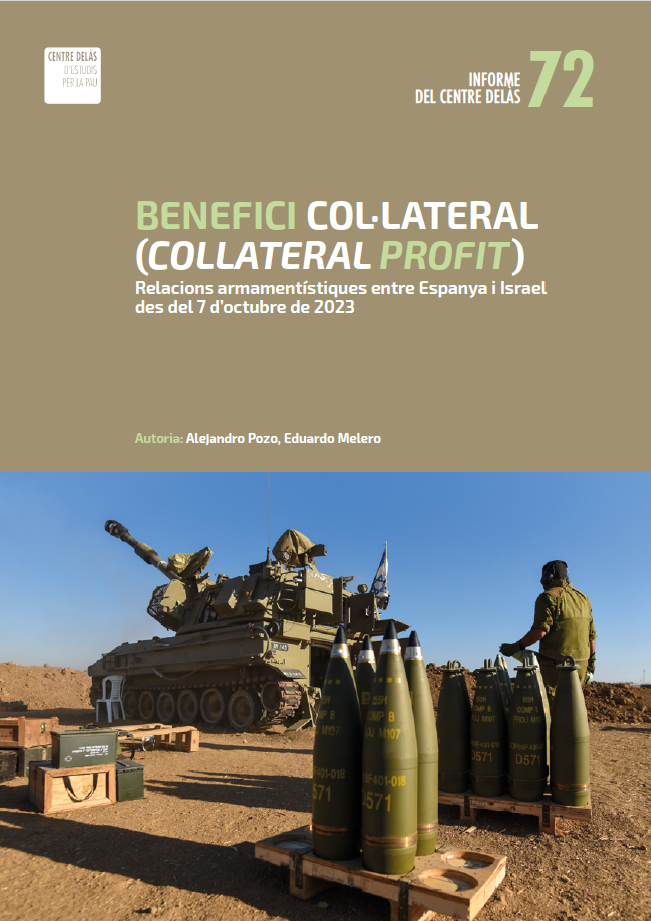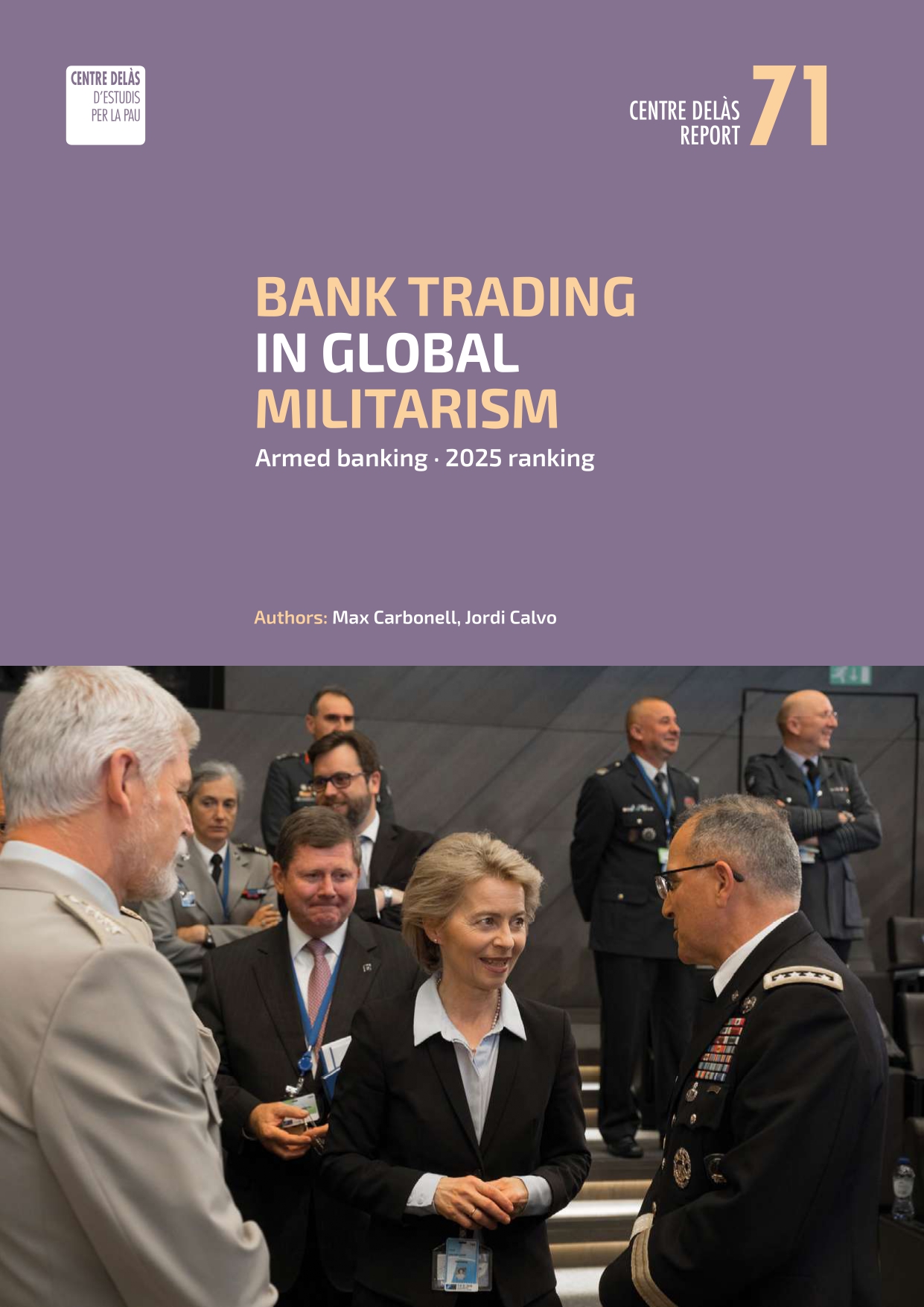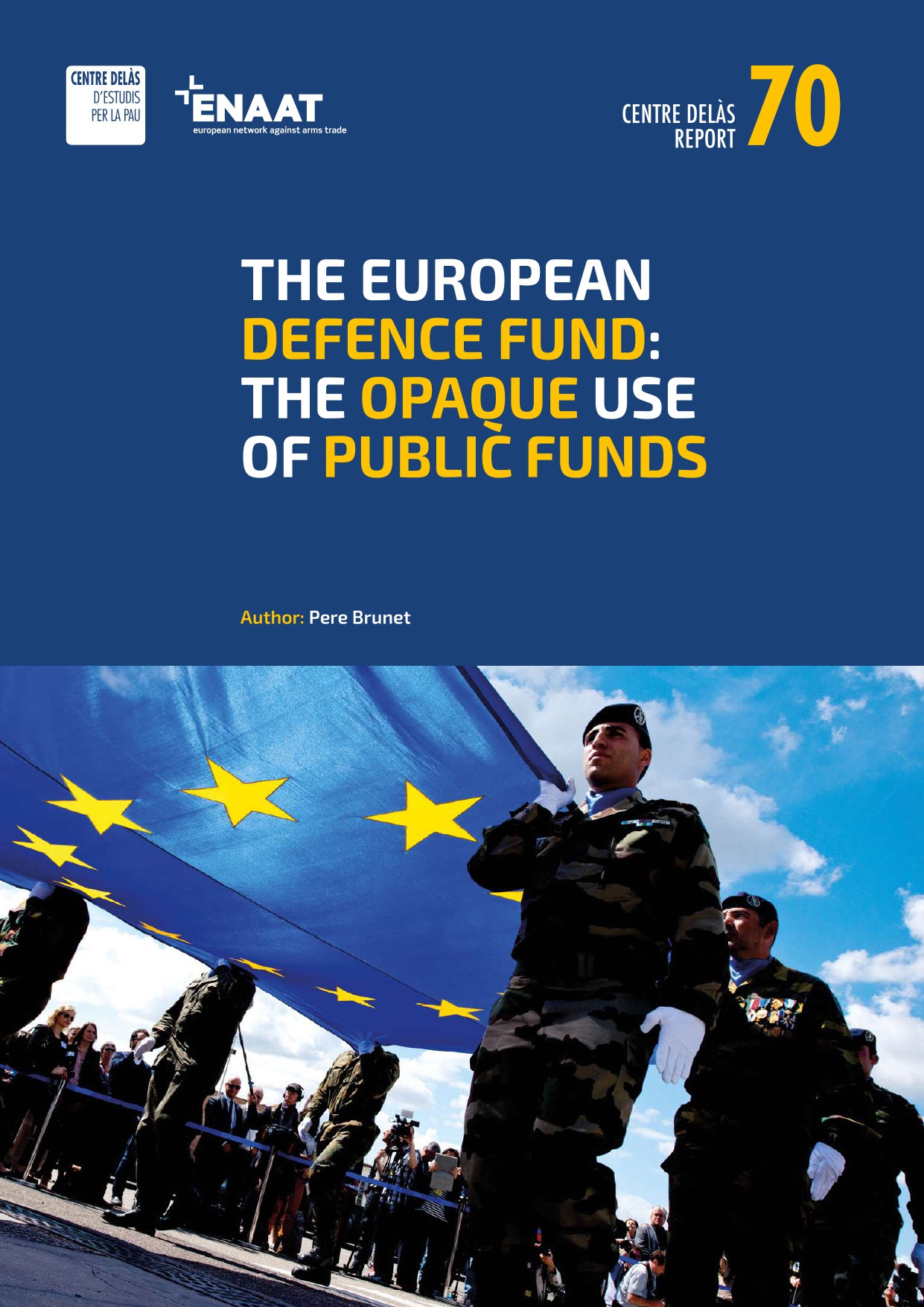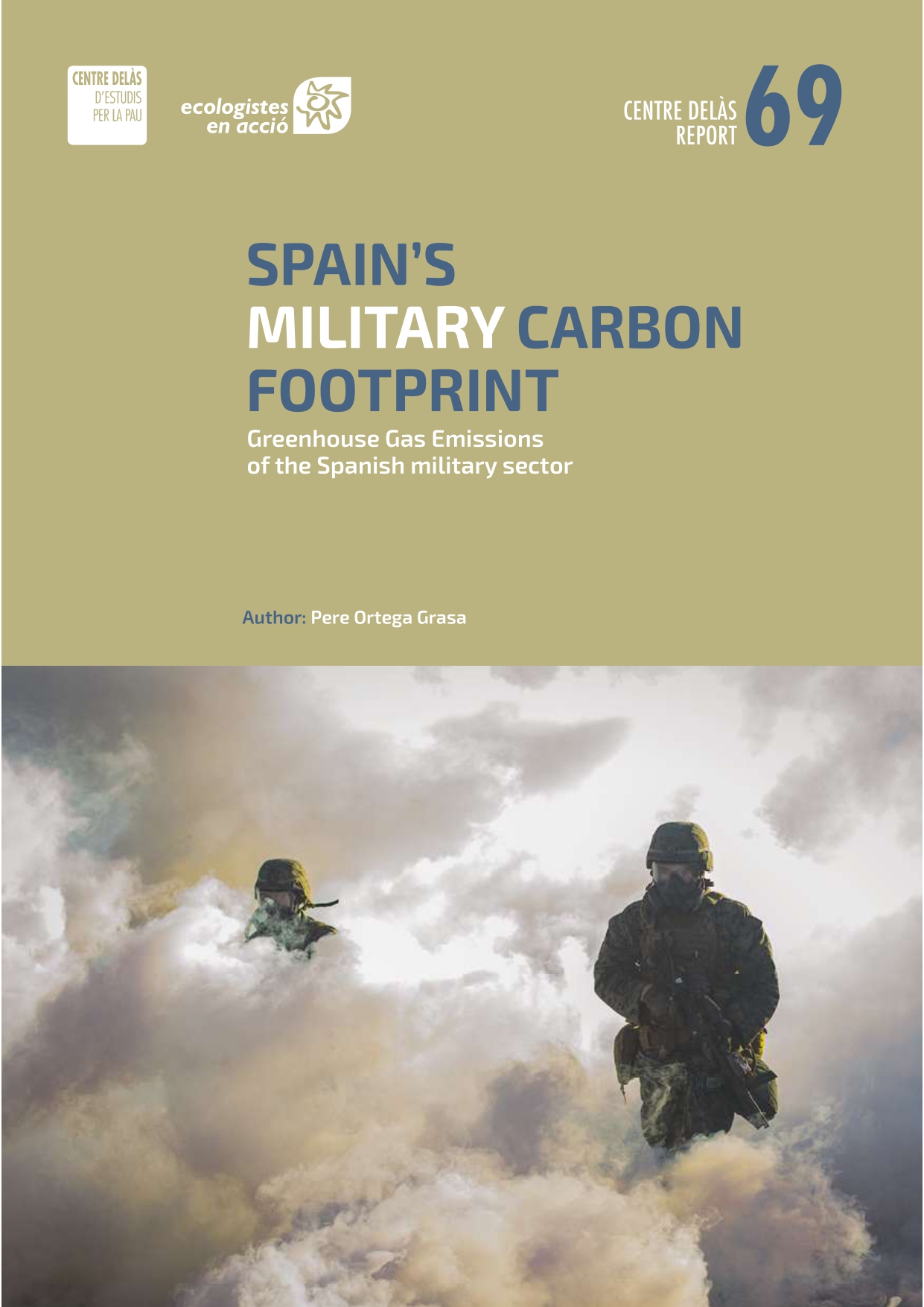Large increase in EU arms exports revealed – but annual report is untransparent, incomplete and unpublicised
The “Fourteenth Annual Report on Exports Control of Military Technology and Equipment” reveals that in 2011 European Union (EU) countries licensed arms exports valued at 37.5 billion euro – an increase of almost one fifth on 2010.
The largest and fastest growing markets for weapons were in the Middle East and Asia, including countries embroiled in the uprisings of 2011, while Saudi Arabia replaced the USA as the largest customer.
The report was published on 14 December 2012, without a press release from the EU Council or an announcement on the European Parliament website. Groups from the European Network Against Arms Trade (ENAAT) are discussing the report and its shortcomings.
“The report is a huge document, packed with figures, but without analysis of the contents or comparison tables with data from past years. Also, as in previous years, the report is incomplete and lacks information on arms deliveries – information which is unavailable in several EU countries, including Germany and the UK,” says arms analyst Giorgio Beretta of Rete Italiana per il Disarmo (Italian Disarmament Network) . He is critical of the lack of transparency in the EU report and of the time taken to deliver statistics, which were already obsolete. “It seems to take a whole year for EU officials to receive and assemble the data from national reports: reports on exports of turnips and potatoes come faster than those of arms.”
Wendela de Vries of the Dutch Campagne tegen Wapenhandel (Campaign Against Arms Trade) expresses the hope that the report – unlike previous years – will be discussed in the European Parliament as an issue with huge relevance for human rights, peace and security. She said: “Given that the EU has now joined the ranks of the Nobel Peace laureates, we call for action to close the gap between the EU’s peace rhetoric and its profiteering from war preparations.”
The report reveals that the major EU arms exporting countries in 2011 were:
1. France (€9.9 billion)
2. United Kingdom (€7 billion)
3. Germany (€5.4 billion)
4. Italy (€5.2 billion)
5. Spain (€2.8 billion).
These five countries were the source of over 80% of EU military exports.
Other countries also had significant military exports, including Austria (€1.6 billion), Sweden (€1.2 billion), Poland (€849 million), the Netherlands (€415 million), Estonia (€350 million) and the Czech Republic (€346 million).
Other relevant figures:
In 2011 EU arms export licences grew in value to €37.5 billion – an increase of 18.3% at current value on 2010.
There was a decrease in arms export licences to North America (falling from €4.6 billion in 2008 to €3.6 billion in 2011) and to Central and South America..
There was an increase in arms export licences to Asia (from €4.7 billion in 2010 to over €5.5 billion in 2011), to the Middle East (from €6.6 billion euro to almost €8 billion) and, on a smaller scale, to sub-Saharan Africa where exports reached €493 million.
Saudi Arabia was the largest single customer for EU arms sales buying weapons worth over €4.2 billion, the largest supplier being the UK, with a contract for Eurofighter Typhoons worth over €2 billion.
The United Arab Emirates (UAE) was also a major customer buying over €1.9 billion worth of arms.
There was a slight fall in exports to North Africa compared to 2010. Despite the ongoing Arab Spring, and the revocation of some arms licences by some countries and an arms embargo on Libya from March 2011, arms licences were issued to Tunisia (€16.5 million), Egypt (€303 million) and Libya (€34 million).
The EU also authorised arms exports to resource-rich countries such as Algeria (€815 million, mainly from Italy) and Morocco (€335 million, mainly from France).
Weapons continue to be exported areas of tension such as India (€1.5 billion) and Pakistan (€410 million) and even Afghanistan – a country still under partial arms embargo – which in 2011 saw a record €465 million of military imports from EU countries.
There were 48,123 arms export licences applied for in 2011and just 379 refusals worldwide. The report lists refusals as: 94 to non-EU European countries, 74 to the Middle East, 67 to North Africa, 52 to sub-Saharan Africa, 40 to North-east Asia, 38 to South Asia, 31 to South-east Asia, 16 to Central Asia, 15 to South America and 11 to Central America and the Caribbean.
Signed
Bremen foundation for arms conversion and peace research, Germany – Andrea Kolling
Campaign Against Arms Trade, UK – Kaye Stearman
Campagne tegen Wapenhandel, The Netherlands – Wendela de Vries
Centre d’Estudis per la Pau JM Delàs, Spain – Jordi Calvo
International Peace Bureau, Geneva – Colin Archer
Norwegian Peace Association – Hannah Eline Ander
Rete Italiana per il Disarmo Italy – Giorgio Beretta
Vredesactie Belgium – Hans Lammerant






